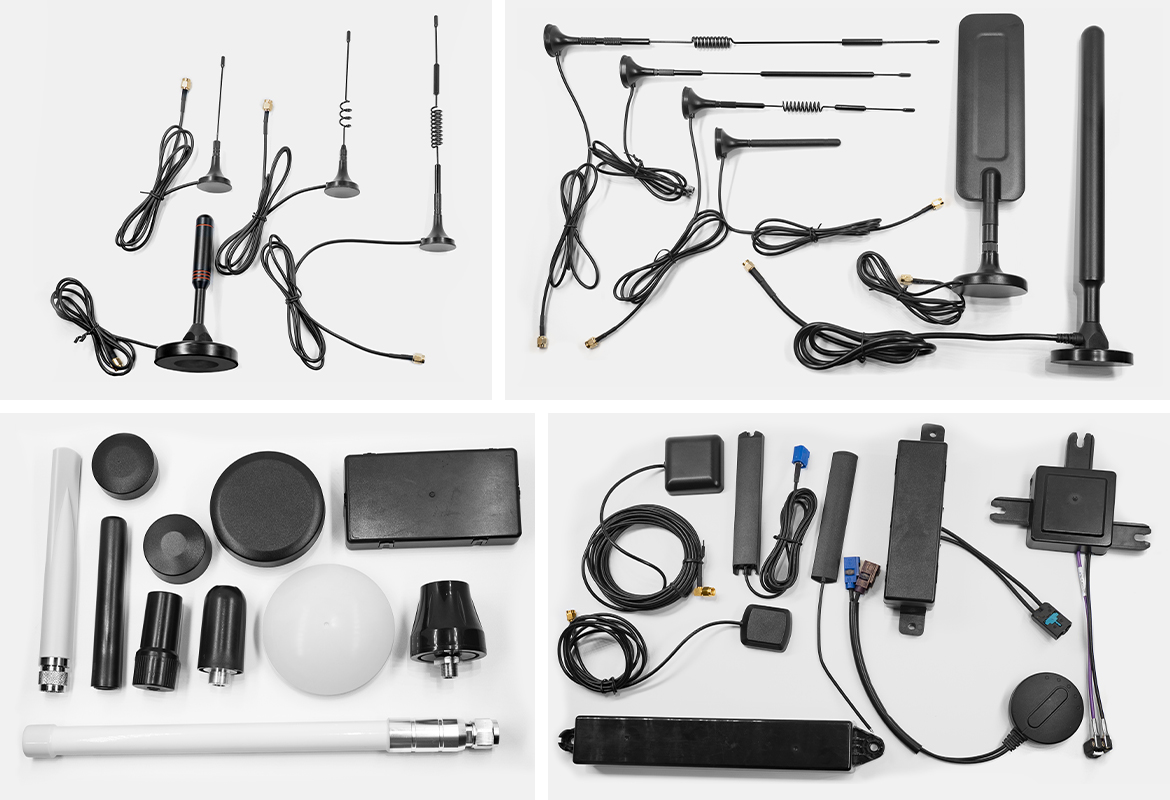Whip antennas are a fundamental component in the realm of wireless communication. Their design and functionality play a crucial role in various applications, from amateur radio to mobile devices. This article aims to provide a comprehensive understanding of whip antennas, exploring their characteristics, advantages, and practical uses.

What Are Whip Antennas?
Whip antennas, often referred to as vertical antennas, are typically characterized by their long, slender structure. These antennas are usually made of metal and can vary in length, depending on the frequency they are designed to receive or transmit. But what makes whip antennas so popular in the field of telecommunications?
- Compact Design: Their lightweight and compact nature makes them easy to integrate into various devices.
- Wide Frequency Range: Whip antennas can operate effectively across a broad range of frequencies, making them versatile.
- Omnidirectional Radiation Pattern: They radiate signals in all directions, enhancing their effectiveness in many applications.
How Do Whip Antennas Work?
The functionality of whip antennas is rooted in their design. When an alternating current flows through the antenna, it creates an electromagnetic field that radiates outward. This process is influenced by several factors, including the length of the antenna and the frequency of the signal. Generally, the length of a whip antenna is approximately one-quarter of the wavelength of the frequency it is designed to transmit or receive. This relationship is crucial for optimal performance.
Key Factors Influencing Performance
Several factors can affect the performance of whip antennas:
- Length: The length must be appropriate for the desired frequency.
- Material: The conductivity of the material used can impact signal strength.
- Placement: The positioning of the antenna can influence its effectiveness, especially in urban environments.
Applications of Whip Antennas
Whip antennas are widely used in various applications, including:
- Amateur radio setups
- Mobile communication devices
- Wireless networking equipment
- GPS systems
Due to their versatility, whip antennas can be found in both consumer electronics and professional communication systems. For those interested in exploring high-quality whip antennas, consider visiting  for a selection of reliable options.
for a selection of reliable options.
Conclusion
In summary, whip antennas are an essential element in modern communication technology. Their unique design and functionality allow them to serve a wide range of applications effectively. Understanding the basics of whip antennas can help users make informed decisions about their use in various devices. Whether you are a hobbyist or a professional, recognizing the importance of whip antennas can enhance your communication experience.








